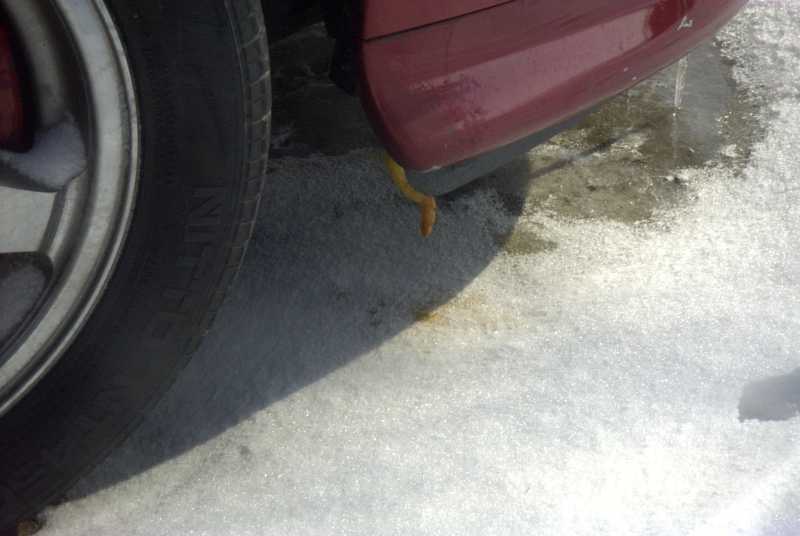Just a thought for you guys to consider. I use a breathing system right off my air compressor, its not an old compressor but a large newer Quincy with no noticeable blowby but it does have a slight amount because the water that drains out has a slight oily feeling.
Using a air compressor as a breathing source can be deadly unless very specific filters are used and maintained properly then its quite safe. The biggest problems are carbon monoxide and oil vapor (making old worn out units a no no), a catch can will not remove or prevent the hot oil vapor (smoke)from getting to the filters and that's the point.
It takes a 40 micron water/particle filter with a 5 micron particle filter then to remove the oil vapor a coalescing filter followed by a dryer and carbon filters.
The large coalescing filter does the heavy lifting removing the hot oil vapor.
Pulling the oil vapor though a can isn't doing much of anything except catching whatever vapors are condensed after shut down in the line, the question is how much got past it when the engine was running? The answer is almost all of it. So for the couple of teaspoons it caught half a pint may have gone past it.
Over the years I have looked at a lot of these things, some of them at least uses some screens in an attempt to remove oil droplets from the vapor but its no where near as effective as a true coalescing filter, others are just an empty can.
If your thinking why not just use a coalescing filter in the line, you could but it wont last long and the elements are costly. IMO there are only 2 reasons for oil getting into the intake runners, either the PCV system is poorly designed like on some old car with the PCV valve stuck right in the non baffled valve cover where it picks up slash or the running oil with high volatility.
Today's modern engines especially with turbo;s can get the oil very hot, keeping the oil temps down by using a thermostatically controlled oil cooler and less volatile oil would go a lot further in preventing the hot oil vapors from forming in the first place rather than trying to catch them after the fact.






